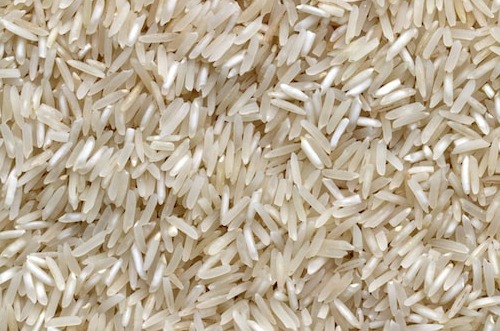
In W29 in the rice landscape, India, accounting for 40% of global rice exports, announced a rice export ban. This move aims to lower domestic rice prices, which surged to multi-year highs due to erratic weather affecting rice production. This announcement halted Asia's rice trade, causing concerns over rising prices. Traders predict substantial price increases in the export market, estimating a minimum increase of around USD 50/metric ton (mt) and possibly reaching USD 100/mt or more. In Thailand, the second-largest exporter of rice, suppliers are awaiting price clarity before closing new deals, with some traders expecting prices to reach USD 700 to 800/mt. Rice prices in major exporting countries had already risen in anticipation of India's export ban.
According to the Ministry of Agriculture, the domestic rice stock in Indonesia is secure to face the El Niño peak, estimated to occur between Aug-23 and Sep-23. The Indonesian rice overstock currently exceeds 2 million metric tons (mmt). This is from rice harvesting of over 800 thousand hectares (ha) in Jul-23 and an estimated 800 thousand ha harvesting in Aug-23. The Indonesian Minister of Agriculture expressed confidence that there will be no rice scarcity during El Niño, as rice stocks and production are sufficient. The minister also highlighted that several provinces, such as Papua, Sulawesi, Central Java, West Java, and South Sumatra, still have abundant water resources.
The 2023 rice harvest in Russia is expected to exceed 1 mmt, which is more than enough to meet the domestic rice demand. The Russian government banned rice exports to ensure sufficient supply within Russia. The Southern Rice Union indicates that the increased rice harvest is due to an expanded planted area from the initial target of 92 thousand ha to 109 thousand ha. The Ministry of Agriculture supported farmers by stabilizing the prices of water, fertilizers, and fuels, resulting in stable prices for rice and rice cereals. On average, Russian rice exports range between 180 thousand mt to 240 thousand mt annually, while rice imports stand at around 220 thousand mt. With the increased harvest and stable prices, the rice market in Russia is expected to remain balanced, meeting both domestic demand and potential export demand.
Lastly, in the Brazilian rice market, W29 concluded with a steady business pace and notable price increases observed in certain regions. The external demand for Brazilian rice remained robust, leading to new export cargoes being registered – with approximately 15.6 thousand mt scheduled for shipment to Venezuela in July. In Rio Grande do Sul, the average paddy rice price closed at USD 17.62/50-kilogram bag, a 1.08% week-on-week (WoW) increase, a 2.39% month-on-month (MoM) increase, and a 9.23% year-on-year (YoY) increase. Meanwhile, in Santa Catarina, the 2022/23 rice crop achieved record production, expected to shift price trajectory due to significant sales. Other market factors affecting rice prices included exports and a lower stock-to-consumption ratio resulting from challenges in the Rio Grande do Sul harvest. Brazilian rice (husk base) exports in Jul-23 are estimated at 119.77 thousand mt, with shipments mainly destined for Mexico, Venezuela, Cuba, Spain, and the Netherlands.